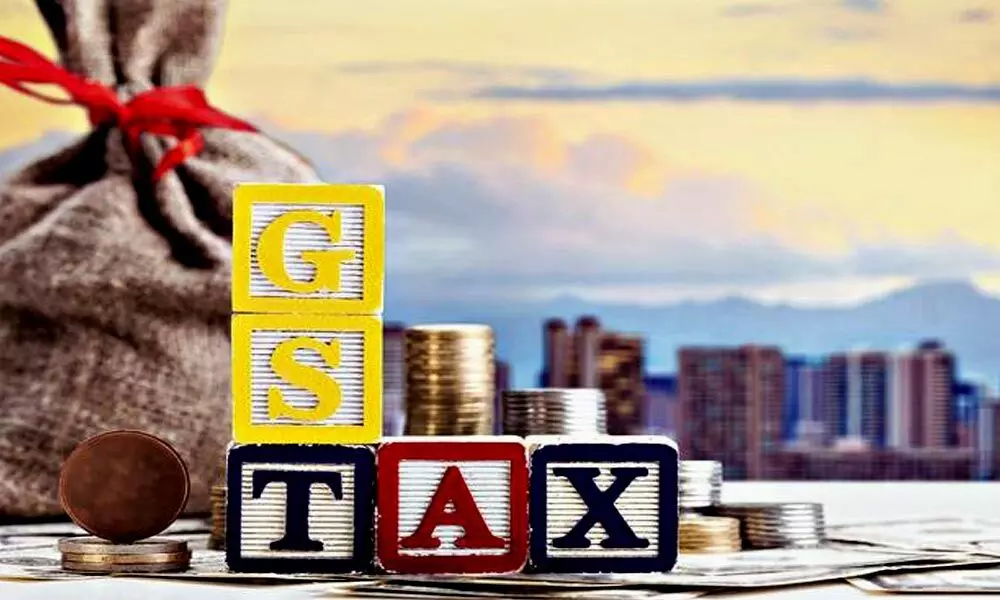Govt positive on higher GST with ITC for hotels
Restaurant industry requested that they would like to go back to a higher rate of taxation with ITC being allowed to them, rather than (be) only on 5% tax rate. Which is very fine. We would be open to look into this, says Revenue Secretary Tarun Bajaj
image for illustrative purpose

New Delhi: The government is open to looking into the restaurant industry demands of going back to a higher GST rate, along with the benefit of the tax credit on their inputs, Revenue Secretary Tarun Bajaj said on Wednesday. Currently, a 5 per cent tax is levied on restaurant services, irrespective of whether it is air-conditioned or non-AC, without the benefit of the input tax credit (ITC). Also, restaurants in starred-hotels that charge Rs 7,500 or more per day room tariff will be levied 18 per cent GST but ITC is allowed for them. Those restaurants in hotels charging less than Rs 7,500 room tariff will charge five per cent GST but will not get ITC. "I also got this suggestion from the restaurant industry that they would like to go back to a higher rate of taxation with ITC being allowed to them, rather than (be) only on five per cent tax rate. Which is very fine. We would be open to look into this," Bajaj said at a CII event here.
A final decision on the reversal in the tax rate for the restaurant industry will be taken by the GST Council, chaired by the Union finance minister and state FMs. When the goods and services tax was rolled out on July 1, 2017, a 12 per cent tax on food bill was levied in the case of non-AC restaurants and 18 per cent in air-conditioned ones. All these got an input tax credit, a facility to set off tax paid on inputs with final tax.
The GST Council later in November 2017 withdrew the ITC facility and levied a uniform five per cent tax on all restaurants without the distinction of AC or non-AC, after it felt that the restaurants were not passing on the ITC benefits to the customers. Bajaj said this year, the attempt would be to bring some changes in the GST framework so that there is stability and trade knows the tax rates and can plan accordingly. The GST Council has already set up a panel of state ministers under Karnataka Chief Minister Basavaraj Bommai to suggest changes in GST rate structure, trimming of exemption list and correction in inverted duty structure to expand a tax base. The panel is expected to submit its report by the end of the month. With regards to trade and industry demand of rationalising rates, Bajaj said, "I want to sensitise the industry that the RNR was 15.3 but right now, the rate is 11.6 per cent. So, there is a huge gap."
He added that while there may be a case and "I appreciate that the GST rates on some of the items need to be brought down to bring parity with others but there is a need to look at the other side because states this year, once the compensation ends on June 30, are going to face a massive shortfall of funds, maybe exceeding Rs 1 lakh crore". "We need to look at that also. That is a macro picture. I'm not saying because the macro picture is that, we should not look at the microelements to see what improvements we can make," Bajaj said. Currently, GST is a four-tier slab structure of 5, 12, 18 and 28 per cent. Essential items are either exempted or taxed at the lowest slab, while luxury and demerit items attract the highest slab.

